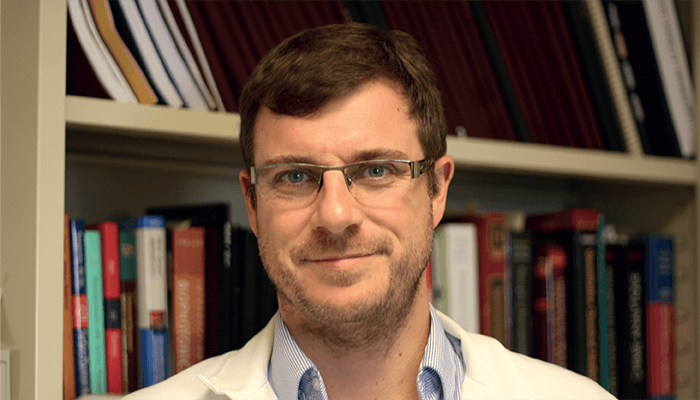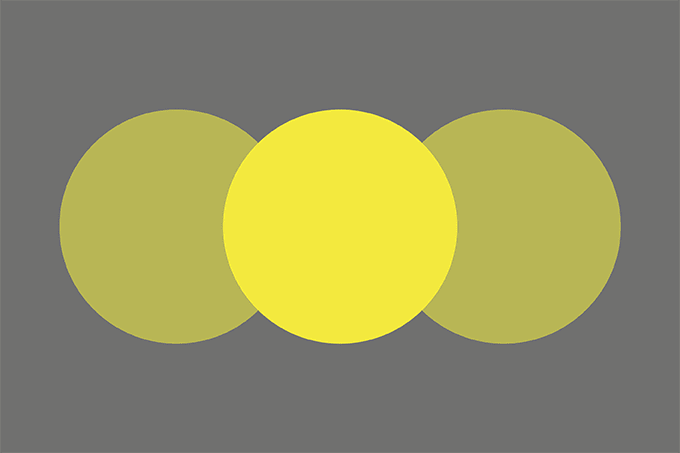Could you tell me a little bit about your background in spectroscopy?
I had my first encounter with advanced analytical spectroscopy when I was training to become a lab technician. We had to measure spark emission on an old spectrometer that must have had a three or four meter long optical path – it was so large that the room was built around it! The emission lines were captured on a photographic film that we had to develop using classical methods. I was hooked immediately!
Following this, I did a few internships in atomic spectroscopy, and when I moved to grad school, I started to learn about plasmonic spectroscopy and sensing. My experience was early on in the development of plasmonic sensors and I believe I read all the published papers on the topic within my first two months of grad school. This would, of course, be impossible now! I love that spectroscopy brings the opportunity to build your own instruments, and I had a strong material/surface science background from my training, so I decided to merge them all in my research program in Montreal.

What are some of the biggest developments in the spectroscopy field over the past decade?
The ability to sense complex molecular patterns in clinical samples or monitor specific molecules in blood has been a game changer in the field. The plasmonic sensing field always promised to achieve that – but, for the first ten to fifteen years, the promise was not really coming to fruition…
However, we’ve witnessed a stark change in the past decade. Sensors working in serum are now routinely reported and we have been able to use spectroscopy to classify different types of cells and tissues based on spectral differences. This was made possible by advances in instrumentation, surface chemistry, and data processing using more advanced algorithms such as machine learning.
What is the most exciting development happening in spectroscopy today and what makes it so exciting?
I view two major fields as being exciting. The first one involves the use of spectroscopic sensors as point-of-need devices – and eventually wearable devices. Though it has been a promise of the field for the past 20 years, all the tools are now available for analytical scientists to design sensors that will fulfill this promise and help humanity. The technology could cause a paradigm shift in healthcare, as there are so many ailments that would benefit from a rapid response and increased accessibility. However, one challenge we are experiencing is the need to transition from sensors working in serum to whole blood and to design long-lasting, miniature, wearable, optical devices that are insensitive to fouling.
The second field is optophysiology, which marries photonic devices with the measurement of physiological parameters. To date, optophysiology has been mainly driven by untargeted chemical measurements using general spectral responses, but I believe the ability to specifically capture complex molecular changes at the cellular or tissue level is the next frontier in optophysiology. I dream of the opportunity to reveal minute metabolite changes at the cellular level that will help to better understand disease progression and treatment efficacy. Designing nanosensors able to do this is what drives my current research.
Is there an application area that will benefit most from these developments?
I think the point-of-need sensor field is obvious. The current workflow of sending samples to a lab works well in large cities and in higher-income communities that have access to affordable healthcare – but it fails miserably in remote communities or lower income places that lack infrastructure. I think we have a duty to address this with the tools we develop.
For optophysiology, the possibilities are vast. I believe that medicine could benefit the most, as optophysiology can provide new means to perform diagnostic measurements, it can provide molecular details necessary to better understand diseases, and it could also serve to determine treatment efficacy. This is already happening, but the next generation of optophysiology sensors will bring the field to a new level. I predict that it will be an essential tool in personalized medicine.
What major challenges is the field facing?
There are many wonderful ideas to create new sensors to help humanity. However, the gap between new ideas and the market remains significant, meaning that only a small fraction of these ideas become commercial sensors. The development of sensors still requires new chemistry, new technology and significant data processing ability, but I think standardization will be one of the next challenges. We might develop different variations of sensing technologies, but we will need to identify the most promising ones and push them to the market.
Another challenge concerns the increased complexity of the data generated by sensors. There are many spectroscopic sensors that capture broad spectral signatures associated with disease but processing data with standard linear methods is becoming increasingly difficult and must be facilitated by machine learning methods; educating analytical scientists in these chemometrics and machine learning methods is direly needed.
What’s your advice for early career spectroscopists?
Find a research topic that you are passionate about – or one that will give you the skill set to realize your aspirations. Research is not only about scientific results but also (mostly!) about the process and what you learn in that process. These skills will be useful in many career paths – not exclusively academia. On the more technical side, analytical scientists need to embrace machine learning methods and I encourage early career researchers to educate themselves by taking classes or looking into the vast training opportunities available online.



